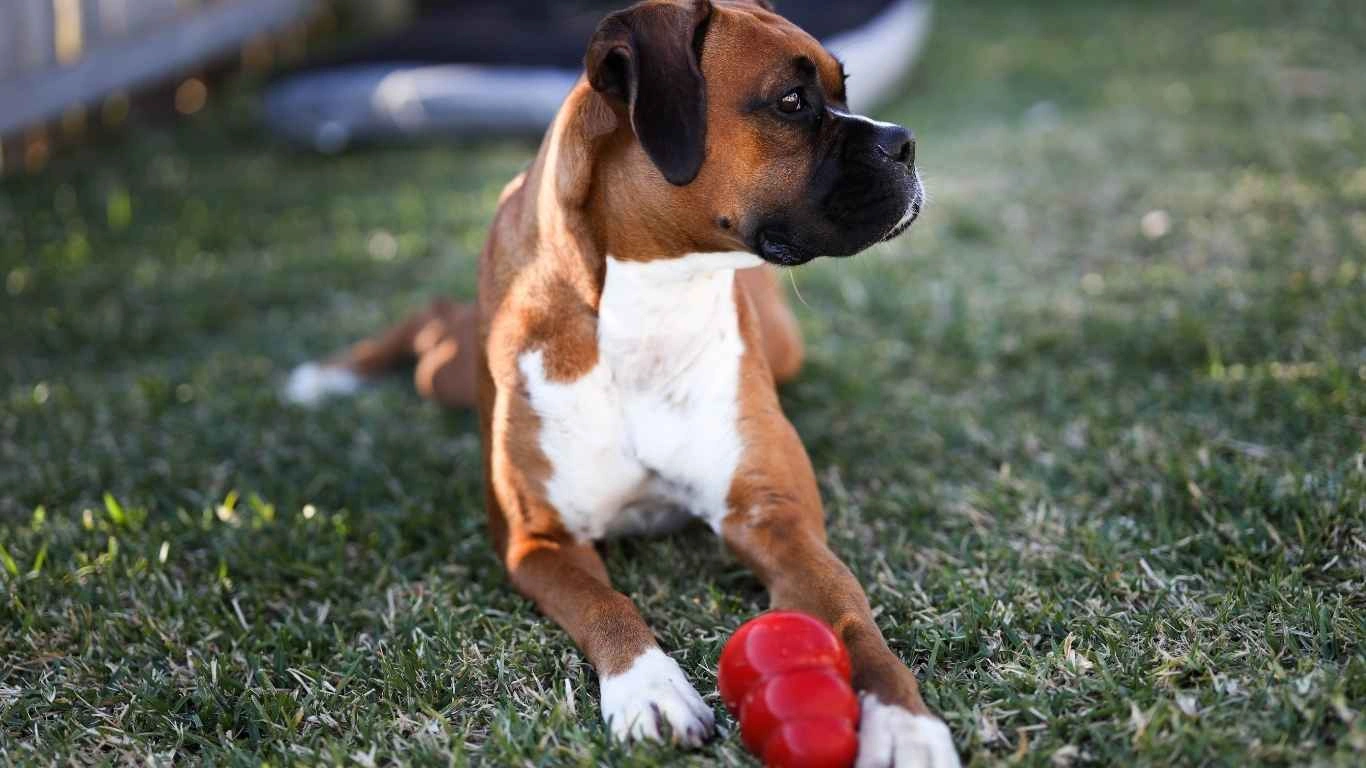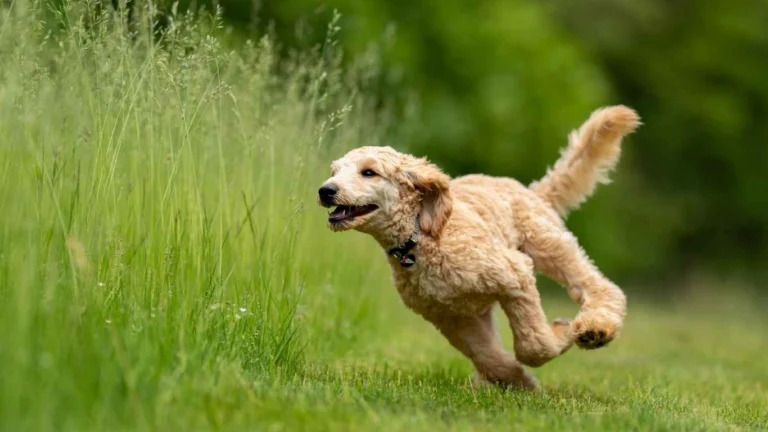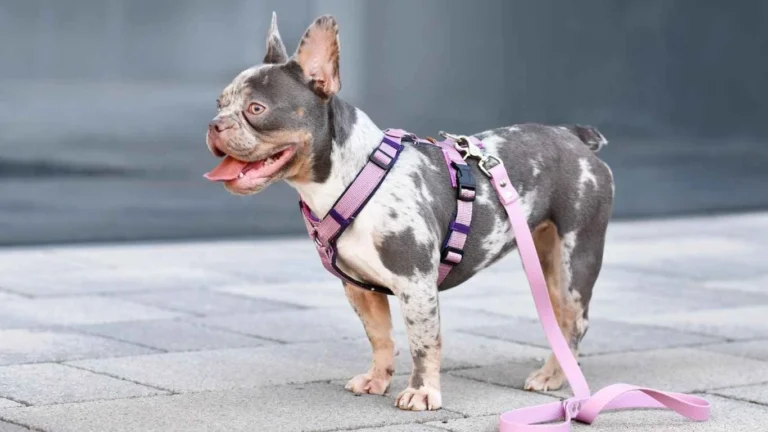Best Diet for Dogs with Excessive Thirst That Truly Works
As an Animal Care Specialist with years of experience in a pet clinic and shelter, I’ve encountered numerous cases of dogs with excessive thirst, and it’s often a sign of underlying health concerns. When we talk about the best diet for dogs with excessive thirst, it’s not just about feeding them more water. In fact, diet plays a crucial role in regulating their hydration and addressing possible health issues. Excessive thirst in dogs can be linked to several factors, including dehydration, diabetes, kidney disease, and even certain medications. So, what’s the best approach to a diet that helps these dogs? In this guide, we’ll dive into the nutritional needs of dogs with excessive thirst and explore dietary options that can support their health and well-being.
The Role of Diet in Managing Excessive Thirst in Dogs

When your dog is drinking excessively, it’s easy to assume that all they need is more water. While water intake is critical, focusing solely on hydration might miss the bigger picture. A balanced diet tailored to their specific health conditions can often help manage the thirst. As an Animal Care Specialist, I’ve seen firsthand how adjusting a dog’s diet can reduce symptoms like excessive thirst, especially when the cause is related to issues like diabetes or kidney disease.
Proper nutrition works on multiple levels. For instance, some foods are designed to help regulate blood sugar levels, while others can improve kidney function or reduce inflammation. It’s crucial to consider your dog’s unique health needs. If your dog has been diagnosed with a medical condition, you should consult a veterinarian before making any drastic changes. The following sections will explore various dietary strategies and food types that can benefit dogs with excessive thirst.
Choosing the Right Protein for Dogs with Excessive Thirst
Protein is an essential part of any dog’s diet, but when your dog is dealing with excessive thirst, it’s important to select the right kind of protein. High-quality, easily digestible proteins can help improve your dog’s overall health without overloading their system. For example, lean meats like chicken, turkey, and fish are often good choices for dogs with kidney issues, as they provide the necessary nutrients without overwhelming the kidneys with excessive waste products.
On the other hand, too much red meat can exacerbate kidney disease, which is a common cause of excessive thirst. It’s also important to avoid protein sources that are too rich or fatty, as these can be harder for dogs with certain health conditions to digest. My experience has shown that many dogs with excessive thirst benefit from a balanced, moderate-protein diet that emphasizes digestibility over quantity. Here are some great protein options to consider:
- Chicken
- Turkey
- Fish (especially salmon)
- Lean beef (in moderation)
- Lamb (for dogs with food sensitivities)
How Carbohydrates Affect Hydration and Thirst
Carbohydrates are another crucial component of your dog’s diet, but their impact on hydration is often overlooked. Dogs with excessive thirst may benefit from a diet that balances carbohydrates in a way that doesn’t spike blood sugar levels. This is especially important if your dog has diabetes or is at risk of developing it.
Complex carbohydrates, like sweet potatoes and brown rice, are excellent sources of fiber and slow-burning energy. They can help regulate blood sugar and provide a steady source of energy without overwhelming the body. Meanwhile, simple carbohydrates, such as those found in highly processed foods, can cause blood sugar spikes, leading to increased thirst.
If your dog is experiencing excessive thirst, incorporating whole grains and fiber-rich vegetables into their meals may help stabilize their hydration levels. In my experience, dogs with diabetes or kidney problems often benefit from diets with moderate levels of complex carbohydrates, as they help prevent large fluctuations in energy and fluid balance.
- Sweet potatoes
- Brown rice
- Oats
- Peas
The Importance of Hydration-Supporting Ingredients
While water is the primary source of hydration, some ingredients in your dog’s food can also support hydration levels. For dogs with excessive thirst, it’s important to look for foods that contain natural moisture-boosting ingredients. This can help provide a balanced approach to managing thirst without simply relying on water intake.
Foods that are rich in moisture, such as wet dog food or meals with added broths, are great options for dogs struggling with excessive thirst. These types of food provide hydration directly through their moisture content, which can support kidney function and digestive health.
Additionally, ingredients like watermelon, cucumbers, and coconut water can help boost hydration in your dog’s diet. These foods are naturally high in water content and provide a refreshing, hydrating boost. These options can be added to your dog’s meals or offered as treats, but always check with your vet first to ensure they are safe for your specific dog’s health condition.
- Wet dog food (with high moisture content)
- Watermelon
- Cucumber
- Coconut water (in moderation)
Special Diets for Dogs with Specific Health Issues
If your dog’s excessive thirst is due to a specific health condition, like kidney disease or diabetes, there are special diets available that cater to these needs. For instance, kidney-friendly diets typically have lower levels of phosphorus and sodium to reduce the strain on the kidneys and help manage symptoms like excessive thirst. These diets often contain higher-quality proteins and omega-3 fatty acids to support overall health.
For diabetic dogs, a low-glycemic diet that regulates blood sugar levels is crucial. This can include foods with higher fiber content to slow the absorption of glucose. Many pet food brands now offer veterinary-recommended diets specifically designed to support dogs with chronic conditions like diabetes and kidney disease. In my time working in shelters and clinics, I’ve seen how effective these specialized diets can be in managing excessive thirst and supporting overall health.
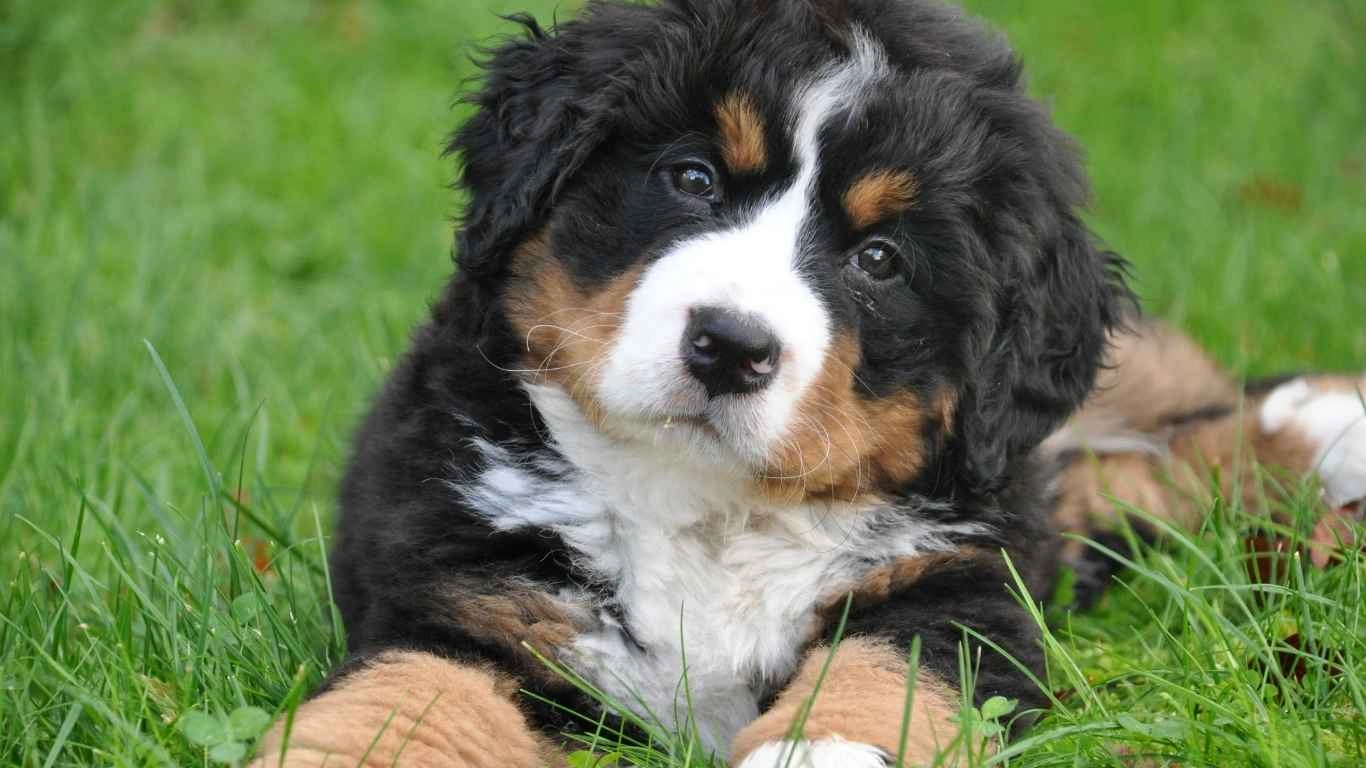
Always consult with your vet to determine the best diet for your dog’s condition. They can help tailor a plan that meets your dog’s specific needs while also addressing their thirst-related symptoms.
What to Look for in Dog Food for Excessive Thirst

Choosing the right dog food when your dog is dealing with excessive thirst can be overwhelming, but focusing on the nutritional values that matter most can make the process easier. When looking for the best diet for dogs with excessive thirst, consider the following factors:
- Moisture content: Wet food or food with added moisture is a must for hydrating your dog.
- High-quality protein: Opt for lean proteins that are easy to digest and won’t burden the kidneys.
- Low sodium: High levels of sodium can worsen kidney issues and increase thirst.
- Natural ingredients: Look for foods that use whole, natural ingredients without fillers or artificial additives.
- Omega-3 fatty acids: These healthy fats can reduce inflammation and support overall health, especially for dogs with kidney issues.
Understanding the Connection Between Hydration and Kidney Health

As I’ve worked with many dogs at the clinic and shelter, I’ve seen how kidney health and excessive thirst go hand-in-hand. Chronic kidney disease (CKD) is one of the top health issues in older dogs, and it often leads to increased water intake and urination. If your dog’s excessive thirst is linked to kidney issues, it’s essential to adjust their diet to reduce the workload on their kidneys while still providing the necessary nutrients to keep them healthy.
Kidneys play a critical role in filtering out toxins and balancing electrolytes in the body. When they begin to fail, the body’s ability to regulate hydration diminishes, leading to excessive thirst. The good news is, the right diet can slow the progression of kidney disease and help manage excessive thirst by promoting healthy kidney function.
The Role of Phosphorus and Protein in Kidney Health
One of the most important dietary considerations for dogs with kidney disease is controlling the levels of phosphorus and protein in their food. Too much phosphorus can contribute to kidney damage and further increase thirst. Protein, on the other hand, needs to be carefully balanced. While it’s essential for overall health, too much protein can lead to waste products accumulating in the bloodstream, making the kidneys work harder. Striking the right balance is key to preventing kidney damage while ensuring that your dog gets the nutrients they need.
In my experience, kidney-friendly dog foods typically have reduced phosphorus levels and high-quality, easily digestible proteins. Look for brands that offer low-protein, high-quality options specifically designed for dogs with kidney disease. Here’s a breakdown of what to look for:
- Lower phosphorus: Reducing phosphorus intake helps reduce the strain on the kidneys.
- High-quality protein: Opt for easily digestible sources like chicken, turkey, and fish.
- Omega-3 fatty acids: Found in fish oils, these fats can help manage inflammation and protect kidney health.
Wet Food vs. Dry Food for Dogs with Excessive Thirst
Another key decision you’ll face when adjusting your dog’s diet is whether to feed them wet food or dry kibble. For dogs with excessive thirst, I’ve found that wet food tends to be the better option because it contains significantly more moisture, which helps with hydration. Wet food can be an excellent way to support kidney health and ensure your dog is staying hydrated.
Dry kibble, on the other hand, can sometimes exacerbate dehydration, especially for dogs who are already struggling with excessive thirst. That said, some dogs prefer the crunch of kibble, and if your dog enjoys it, it’s still possible to find high-quality dry food that supports hydration. However, you may want to mix dry kibble with some wet food or add water or broth to the kibble to boost moisture levels.
From my experience, dogs with kidney disease or diabetes often benefit from a combination of wet and dry food, tailored to their specific condition. Just be sure that the food you choose is designed to support hydration and overall health. Here are some tips for choosing between wet and dry food:
- Wet food: A great option for dogs with excessive thirst as it contains higher moisture content.
- Dry food: If using dry kibble, try to choose high-quality, low-sodium options, and consider mixing with water or broth.
- Mixing both: Combining wet food with dry kibble can offer the best of both worlds in terms of nutrition and hydration.
Supplements That Can Help Manage Excessive Thirst

In addition to adjusting your dog’s main diet, there are several supplements that can help support hydration and overall health. While I always recommend consulting with a veterinarian before adding any supplements to your dog’s routine, there are a few that I’ve seen make a significant difference when it comes to managing excessive thirst.
1. Omega-3 Fatty Acids: These essential fatty acids, typically found in fish oils, have anti-inflammatory properties that can help protect your dog’s kidneys and reduce inflammation throughout the body. Omega-3s can also help improve hydration by supporting overall cell function.
2. Probiotics: Gut health plays a huge role in your dog’s overall well-being. Probiotics help support the balance of healthy bacteria in the digestive tract, which in turn helps the immune system function properly. Healthy digestion can contribute to better nutrient absorption, helping your dog stay nourished and hydrated.
3. B Vitamins: B vitamins are crucial for maintaining energy levels and supporting kidney function. Dogs with kidney disease often benefit from additional B vitamins, as they help to reduce the symptoms of kidney failure, including excessive thirst.
4. Kidney Support Supplements: There are several commercial kidney support supplements available that contain ingredients like antioxidants, amino acids, and herbs designed to help protect and support kidney health. These can be a helpful addition to your dog’s diet, especially if they are dealing with kidney disease or failure.
Once again, it’s always best to check with your vet before starting any supplement regimen, as they can recommend the best options based on your dog’s individual needs and health conditions. My experience in the clinic has shown that a well-rounded approach—combining a proper diet, hydration, and supplements—can make a huge difference in managing excessive thirst and improving your dog’s overall quality of life.
The Impact of Natural Foods on Hydration
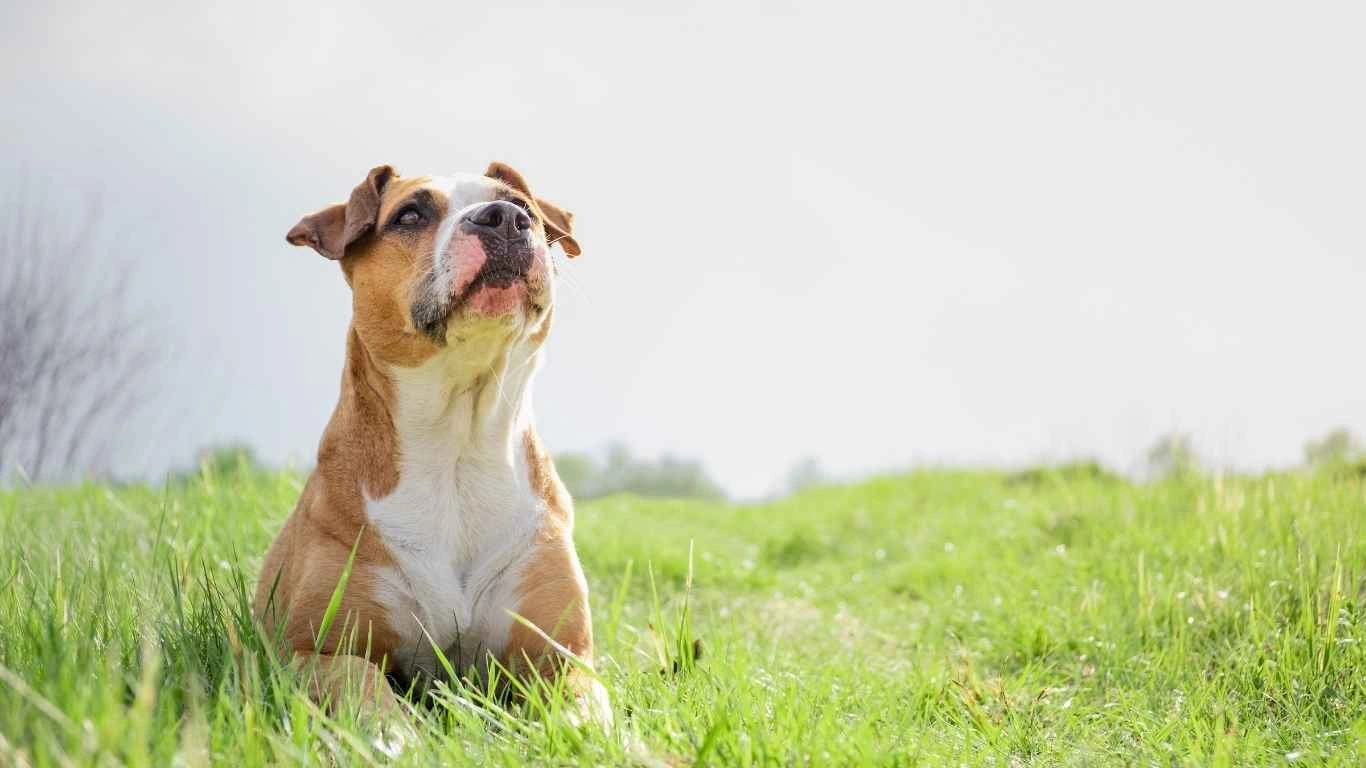
When it comes to hydration, it’s not just about the food you choose—it’s also about the natural foods you can incorporate into your dog’s diet. Many fruits and vegetables contain high water content and can provide a natural boost to your dog’s hydration levels. Adding fresh, hydrating foods to your dog’s diet can help manage excessive thirst in a natural way, without adding unnecessary fillers or artificial ingredients.
For example, watermelon is a great option for dogs with excessive thirst due to its high water content. Not only does it help keep your dog hydrated, but it’s also rich in vitamins A, C, and B6. Cucumbers, too, are low in calories and packed with water, making them a refreshing treat for your dog. Just be sure to avoid giving them anything that could be toxic, like grapes or onions.
Here are some safe, hydrating options that can be incorporated into your dog’s meals:
- Watermelon (without seeds)
- Cucumbers
- Strawberries (in moderation)
- Carrots
- Celery
Natural foods like these not only provide hydration but also offer a variety of nutrients that support overall health. They can be used as an addition to your dog’s regular diet, or as a refreshing, hydrating treat between meals.
Monitoring and Adjusting Your Dog’s Diet Over Time
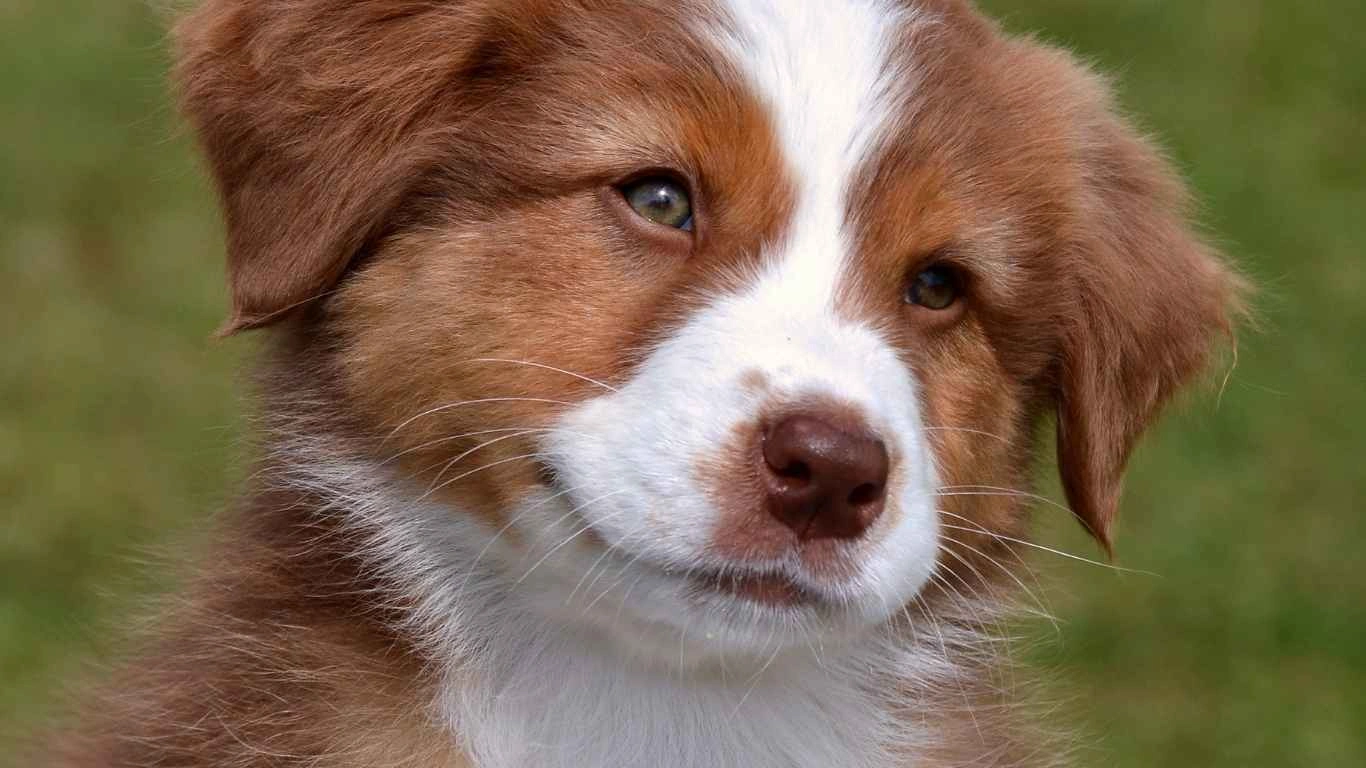
Alright, so we’ve covered a lot already, but here’s where the real work begins—staying consistent and flexible. One thing I’ve learned during my years as an Animal Care Specialist is that dogs, just like us, change over time. Their dietary needs can shift based on age, health, environment, and even activity levels. So if you’re trying to find the best diet for dogs with excessive thirst, you can’t just set it and forget it.
Regular check-ins with your vet are super important. I recommend doing a full health screening, including bloodwork, at least once a year (twice for seniors or dogs with ongoing conditions like diabetes or kidney issues). This helps you and your vet monitor kidney function, glucose levels, and overall hydration status.
At the clinic, we used to keep hydration charts for our senior or chronically ill dogs. You can do something similar at home. Just observe how often your dog drinks, how much, and if their appetite or behavior shifts. If something feels “off,” it usually is. Trust your instincts—after all, no one knows your pup better than you do.
Key Signs It’s Time to Adjust Their Diet Again
- Increased urination despite a controlled diet
- Unexplained weight loss or gain
- Lethargy or behavioral changes
- Changes in coat quality or skin hydration
- Loss of interest in food they previously loved
Each of these could be a red flag that your dog’s diet isn’t doing what it should anymore. Maybe they need a new formula, a supplement, or a complete dietary shift. Whatever it is, don’t delay—get a professional opinion and adjust as needed.
Hydration Hacks and At-Home Tricks
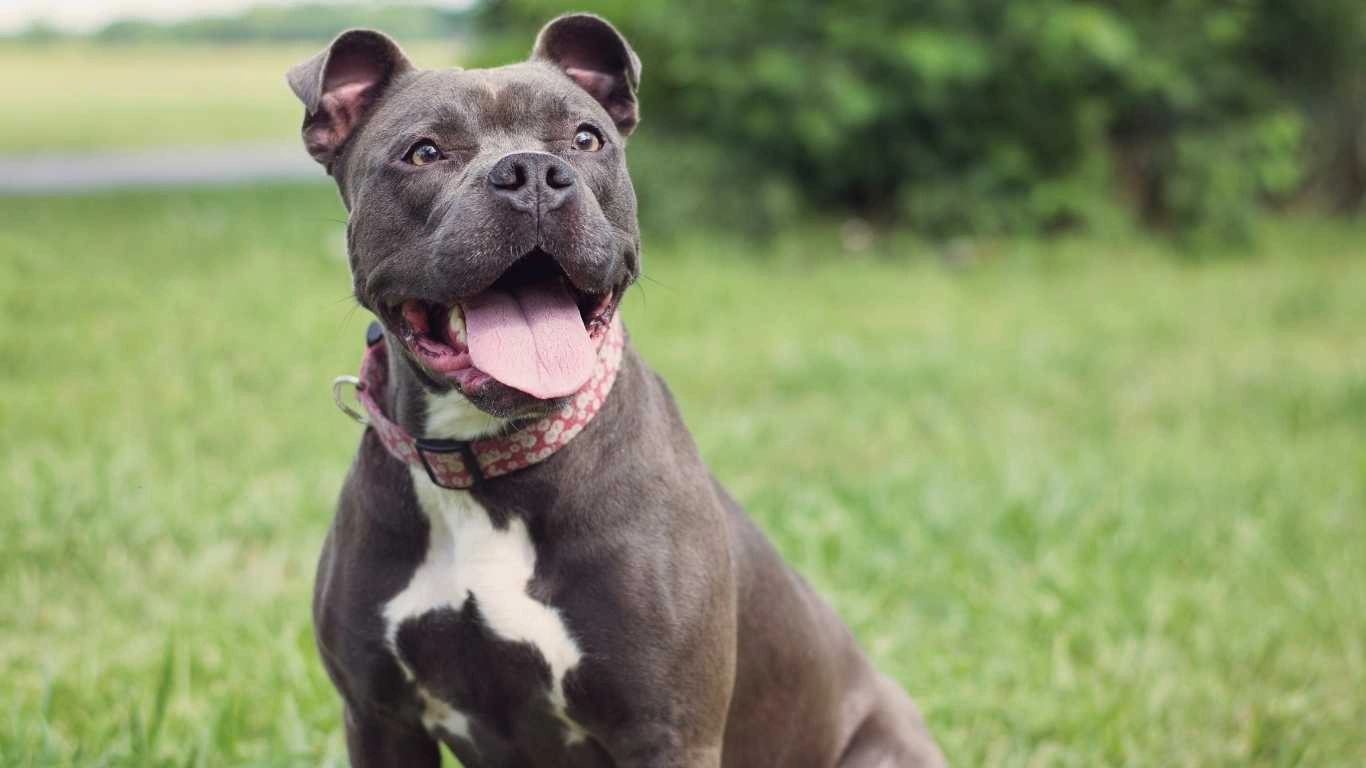
Some dogs are just… bad at drinking water. Whether it’s picky behavior or a past trauma, I’ve had shelter dogs who downright refused to drink from regular bowls. So, over the years, we had to get creative. Here are a few hydration hacks I’ve personally used in shelters and with clients:
- Ice cubes made from bone broth: Dogs love the flavor, and it’s an easy way to sneak in hydration.
- Pet water fountains: Many pups prefer moving water. It mimics a natural stream and encourages drinking.
- Mix water into meals: Whether it’s kibble or fresh food, adding a bit of water or low-sodium broth can do wonders.
- Frozen treats: Watermelon chunks or cucumber slices frozen into a treat can be fun and hydrating.
- Switch up water bowls: Sometimes it’s the material—some dogs hate metal. Try ceramic or BPA-free plastic.
These small changes can have a huge impact, especially if your dog’s thirst is linked to an underlying medical condition. Hydration is about more than just quantity—it’s also about making water appealing and accessible.
What to Avoid in Diets for Dogs With Excessive Thirst
Okay, let’s talk about the stuff that shouldn’t make it into your dog’s bowl. I’ve seen a lot of dogs with excessive thirst come through our clinic doors because of what’s in their food—not just what’s missing. So here’s a rundown of ingredients and food types to steer clear of:
- Excess sodium: High sodium content can dehydrate your dog quickly and is a big no-no for dogs with kidney or heart conditions.
- By-products and fillers: Low-quality proteins and fillers like corn gluten meal can stress the digestive system and reduce nutrient absorption.
- Artificial preservatives: Ingredients like BHA, BHT, and ethoxyquin can have negative long-term effects and provide no nutritional benefit.
- Excess sugars and carbs: Especially for diabetic dogs, high-carb foods can trigger spikes in blood sugar and increase thirst.
When choosing dog food, read the label like you’re shopping for a newborn. The fewer the ingredients—and the more recognizable they are—the better. Look for whole proteins, limited ingredients, and no artificial colors or flavors. Trust me, it makes a difference.
Building a Long-Term Feeding Plan with Your Vet
The real magic happens when you work with your vet. Nutrition isn’t one-size-fits-all, especially when dealing with dogs that have medical conditions tied to excessive thirst. A customized diet plan should take into account your dog’s age, breed, lifestyle, activity level, and health issues.
I’ve partnered with vets on countless cases to develop meal plans using therapeutic diets, home-cooked options, and commercial foods. You don’t have to go it alone. In fact, you shouldn’t. Your vet can even refer you to a certified veterinary nutritionist if your dog needs something more tailored.
Ask your vet about the following when creating a plan:
- Should I switch to a prescription or therapeutic diet?
- What are the hydration goals for my dog?
- Are supplements necessary or helpful in this case?
- Can we monitor kidney or blood sugar levels regularly?
Whether you’re dealing with early signs of diabetes or advanced kidney disease, dietary planning can dramatically improve your dog’s comfort, energy, and lifespan.
References
Disclaimer
This article is based on personal experience and general animal care practices and is intended for informational purposes only. It should not be used as a substitute for professional veterinary advice, diagnosis, or treatment. Always consult with a licensed veterinarian regarding your pet’s health and before making any changes to their diet or medication.
